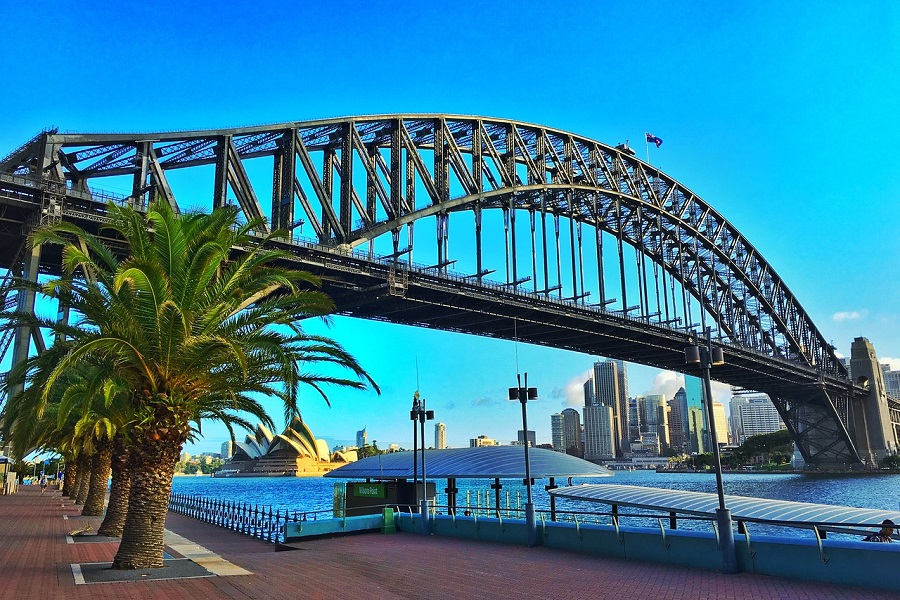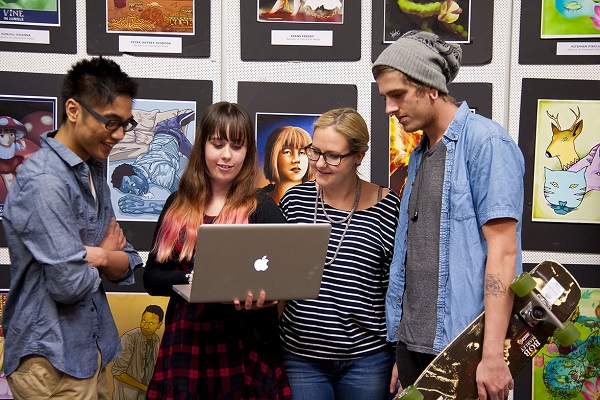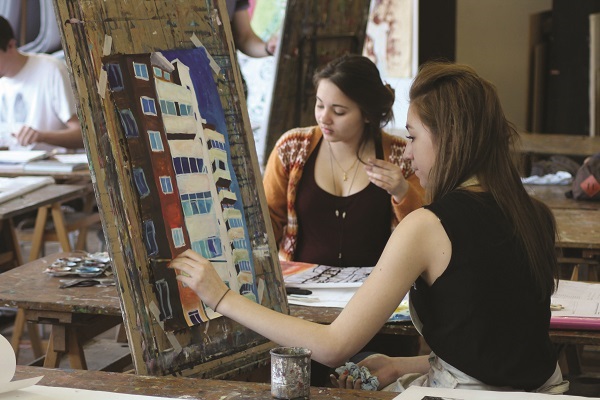
Studying Art and Design Programmes in Australia
The ability to innovate and to think creatively are highly sought after qualities in university graduates and these qualities are nurtured within Australian higher education art and design degree programs and valued by employers.
The study of art (fine art, creative arts, visual art) is quite broad and covers a grounding in many traditional disciplines such as: painting, drawing, sculpture, ceramics, photography, printmaking, video, digital and multimedia. Many of these mentioned disciplines also have further specialisations such as printmaking which can be for print on paper (fine art print) or on fabric as in textiles. The study of design is also broad in that a range of areas of study are available: graphics (visual communication), spatial (interior design, interior architecture, theatre design, digital 3D visualisation), object (industrial design, ceramic design, jewellery design), fashion (textiles, weave, clothing), animation, sound, interactivity and gaming.

However, contemporary art and design practice encourages students to experiment across disciplines, taking up multi-discipline practices, merging tradition with cutting edge technology and also having one foot within art and design knowledge and another, in a completely different discipline such as science, engineering, medicine or finance. Many design faculties in Australia grew out of fine art schools so the relationship tends to remain strong with art and design influencing each other. The advantage of art and design faculties within large universities also allow a wonderful transferal and exchange of skills and knowledge from one discipline to another creating exciting hybrid practices. There is also a trend occurring with university art and design students where students are choosing to do dual degrees to have both depth and breadth to their skill set. Examples of this are such dual degrees as Bachelor of Design/Bachelor of Commerce, Bachelor of Fine Art/Bachelor of Science and a Bachelor of Computer Science/Bachelor of Media Arts (Animation). The rich variety of dual degrees reflects the changing inquisitive nature of contemporary university students and how that students’ interests are re-shaping the university sector.
Australia provides a range of educational providers from Technical and Further Education (TAFE) which is highly vocational and supports training to meet the needs of employers and students. Higher Education in Australia consists of 169 higher education providers which includes 43 universities. Qualifications from diplomas, to Bachelor, Graduate Diplomas, Masters and doctoral degrees are available in art and design disciplines. Most of these degrees offer practice based study and also at the doctoral level a candidate may exhibit higher level thinking through practice (hands on) based research. The Australian government ensures rigorous quality assurance and student protection systems so that all educational institutions whether they are private or federal must meet the highest standards for the student experience. “Australia consistently ranks among the most popular study destinations for international students. In 2015, there were 498,155 students who chose to come to Australia to further their education” (National Strategy for International Education 2025. Australian Government Report, April, 2016). Australia has a reputation for being a great place to live and study and provides a high quality education experience.

Careers and employment for artists and designers has never been so exciting. Australia is geographically situated beside emerging large economies, especially China and South-East Asia and our thriving media, visual and performing arts, entertainment and culture industry provides a rich community in which art and design flourish and contribute to cultural diversity, social inclusion, environmental sustainability and the advancement of technology. The Australian Trade Commission recognizes that the Creative Industries play a pivotal role in the education, training and development of future leaders, designers and artists globally and the Australian government encourages international students who want to be artists and designers to have greater access to our creative industries to improve future employability by providing post-study work visas that enable international students who have studied onshore in Australia to remain after completing their degree for 2 – 4 years.
The high quality art and design education provided in Australia prepares students to be global citizens who can through images, text, experiences, objects and environments (both physically and digitally) reflect, comment and shape their community, country and world.
Associate Professor Vaughan Rees
Associate Dean International
Art&Design, University of New South Wales
Sydney, Australia
